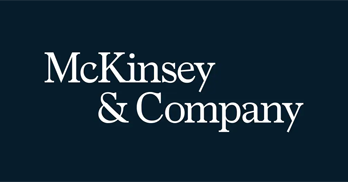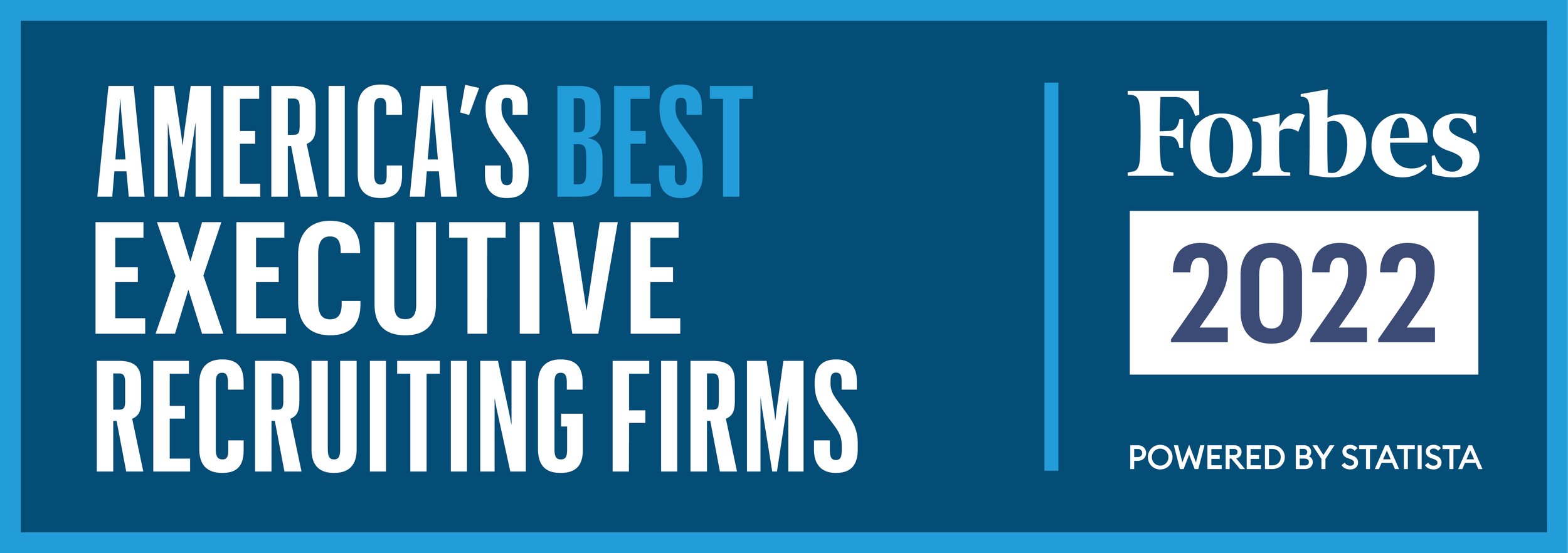'SHIFT July Report - Trending Topics in the World of Work_
/Our July issue of SHIFT airs the opinion that we've seen the end of The Great Resignation and are now entering the beginning of The Big Stay; examines whether the return-to-office debate is really over; advises leaders on stress management in the workplace; and identifies the top ten in-demand job skills today.
The Big Stay is the new workplace trend
The Great Resignation is coming to a close, according to Nela Richardson, chief economist at ADP, the payroll-service company — and "the Big Stay," as she dubs it, could be here to stay. Richardson says that workers are increasingly sticking with their jobs in the current economic environment, and she cites a number of factors behind this transition from last year, when more than 50 million employees quit their positions.
Jump to Article > >
CEOs thought the return to office debate was over, but they may be wrong
The latest data from New York City's office market shows that while building visits are higher, the number of workers returning to the office has stalled. Many CEOs had hoped after putting RTO mandates in place, the debate would be over. But the data in key markets like NYC shows that workers are holding out, and experts say part of the issue is leaders have not done the best job of enticing their employees back.
Jump to Article > >
Stress management for leaders
Amid recession fears and stubborn inflation, workplace stress has reached an all-time high, and managers are at the center of the storm. As they navigate their teams through the challenges of the past few years, their mental health has suffered. A Deloitte study found that one third of executives are constantly struggling with fatigue, stress and feelings of being overwhelmed, lonely or depressed. The stress felt by managers can cascade to employees, impacting wellbeing, retention and performance.
Jump to Article > >
The top 10 most in-demand job skills
Jobs and work are going through a major transformation right now — with millions of roles potentially being eliminated or created in the coming years, according to non-governmental organization the World Economic Forum. Many workers will have to adapt, and having the skills to navigate this change — and maybe even new job requirements — is therefore crucial.
Jump to Article > >
The Trevi Group | “Executive Search for Technology Professionals” | www.TheTreviGroup.com
#thetrevigroup


















































































